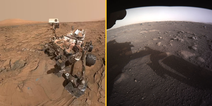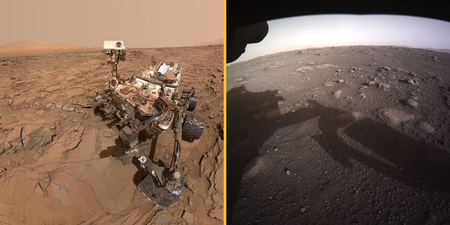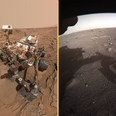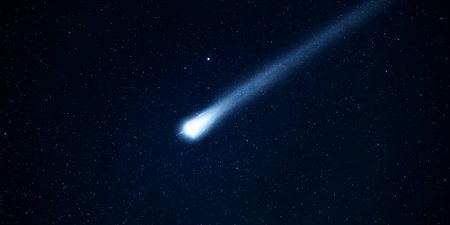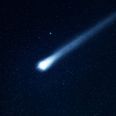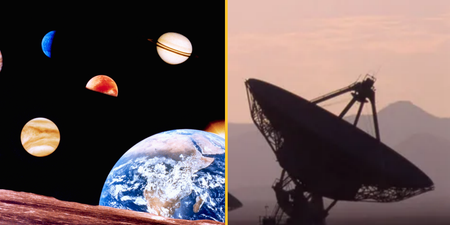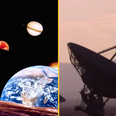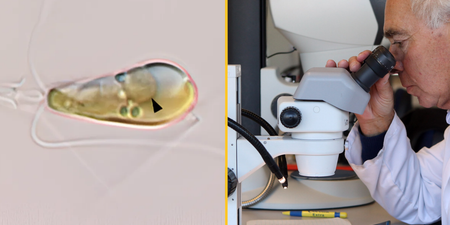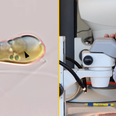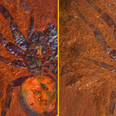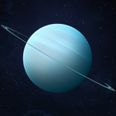A bit hot for a vacation though
Astronomers have discovered a brand new planetary system just 33 light-years from our Earth, though sadly, it’s not currently habitable.
This newest system is officially the closest to our own planet and has two planets orbiting an M-dwarf star dubbed HD 260655, reports the Independent.
The planet closest to the star, HD 260655b, completes a full orbit every 2.8 days and is about 1.2 times as big as the Earth and slightly denser. The outer planet, called HD 260655c, has a much larger orbit path, taking 5.7 days to complete and is less dense than our home world.
The planetary system was first discovered by Nasa’s Transiting Exoplanet Survey Satellite (TESS), which detected the small fluctuations in light from the star. Such a phenomenon suggests that one of its planets moved in front of it.

The scientists were able to shorten the time it would usually take to find a system by relying on star surveys. HD 260655 was featured in a survey taken by the High Resolution Echelle Spectrometer (HIRES) in 1998.
The planets are not livable unless you can survive in temperatures that prevent liquids from forming. As the planets are so close to their star, the surface of the inner planet is estimated to be around 436 degrees Celsius, while the other is 286 degrees Celsius.
As Michelle Kunimoto, a postdoc in MIT’s Kavli Institute for Astrophysics and Space Research and one of the discovery’s lead scientists, explained: “We consider that range outside the habitable zone, too hot for liquid water to exist on the surface.”
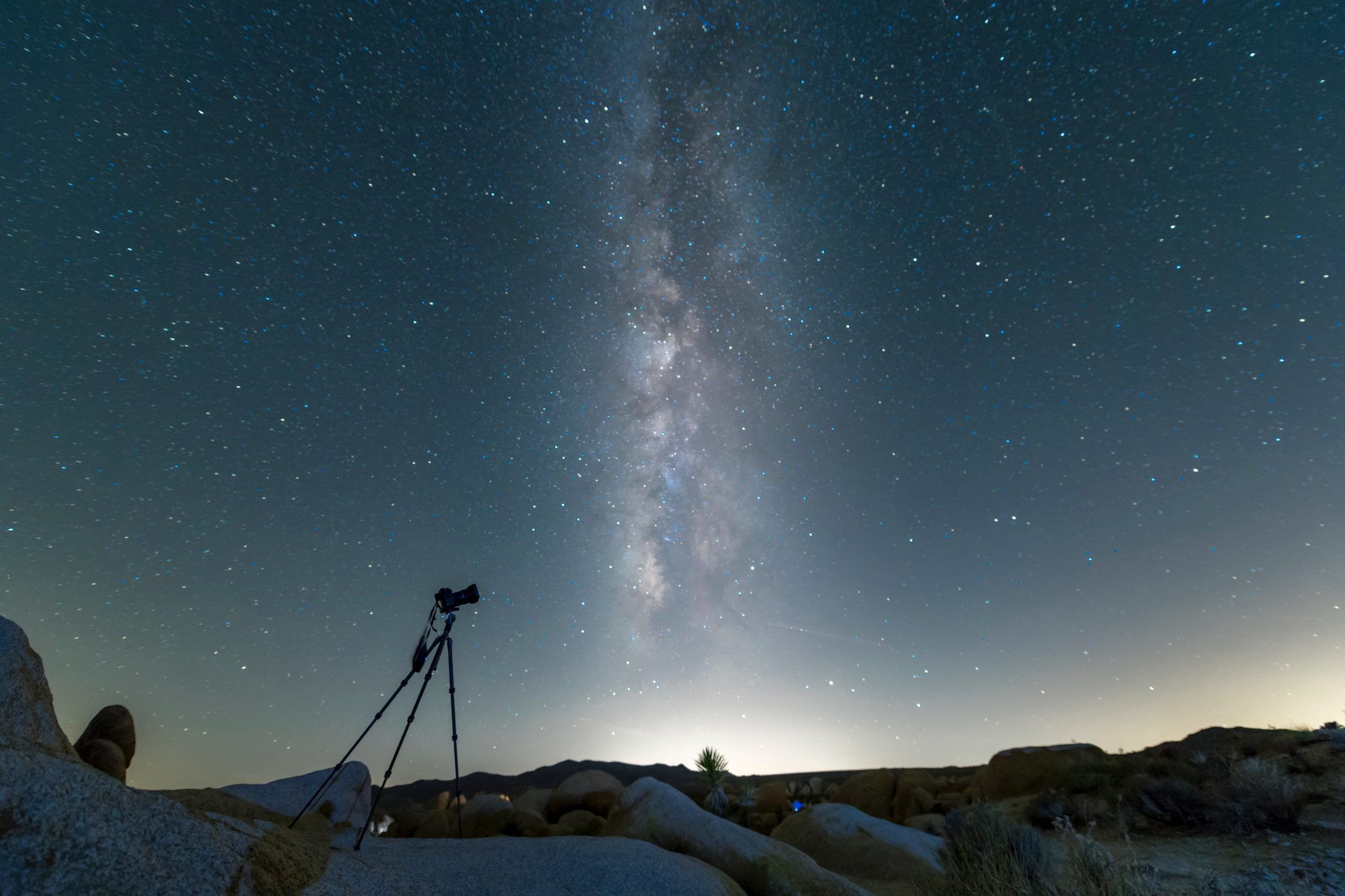
MIT scientist Avi Shporer said it was “optimistic thinking” to believe that a habitable planet could be out there.
HD 260655 is close enough to us for researchers to analyse the planet’s atmosphere, which the scientists attribute to the star’s brightness.
“Both planets in this system are each considered among the best targets for atmospheric study because of the brightness of their star,” said Kunimoto. “Is there a volatile-rich atmosphere around these planets? And are there signs of water or carbon-based species? These planets are fantastic test beds for those explorations.”
elated links:
- People are being urged to not kill flies and wasps invading their homes, no matter how annoying
- NASA to send naked pictures of humans to space in hope of ‘attracting aliens’
- NASA release remarkable picture of ‘downtown’ Milky Way, 26,000 light years away
- NASA admits to discovering ‘something weird’ happening to our universe

